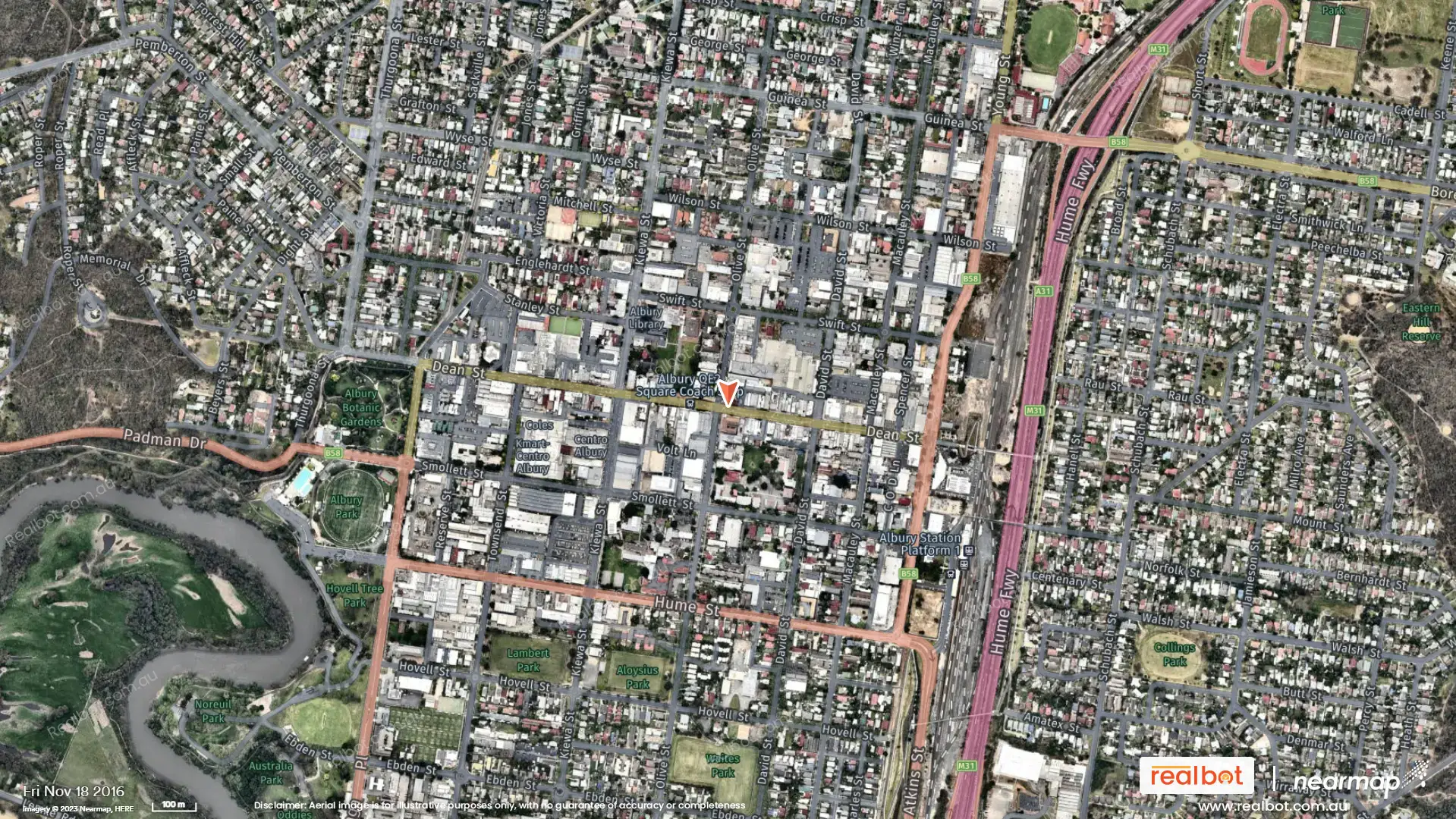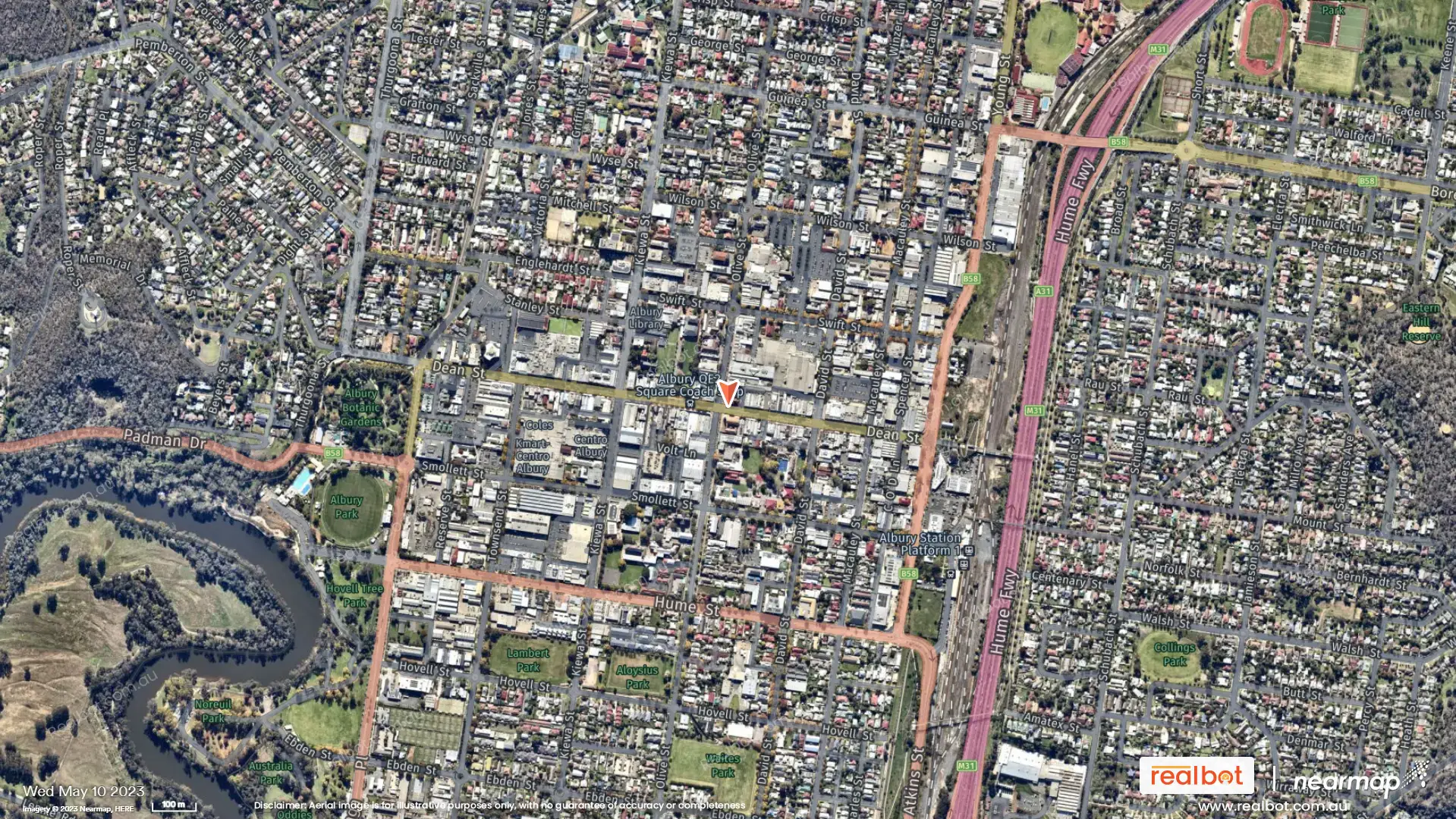
Albury, NSW 2640, nestled on the banks of the Murray River, has experienced a noticeable evolution between 2016 and 2024. While a detailed, precise comparison requires access to the high-resolution aerial maps you mentioned, I can offer a general analysis of the potential changes based on typical suburban development patterns.
Engaging History & Context: Albury's history is deeply intertwined with its location on the Murray River, serving as a vital river crossing and trade hub since early European settlement. Its growth has been steady, spurred by agriculture, transport, and more recently, a growing service sector.

The period between 2016 and 2024 likely reflects Australia's overall growth, influencing population increase and consequent development pressures in Albury.

Significant Changes (Hypothetical based on typical suburban development):
Residential Development: The most likely transformation would be in residential areas. We'd look for new housing estates, particularly on the outskirts of the existing suburb. This could involve infill development within existing residential blocks, as well as expansion into previously undeveloped land. The density might also have changed, with the possibility of more medium-density housing (townhouses, apartments) appearing.
Commercial and Industrial Growth: Albury's commercial and industrial zones might show expansion. New businesses, shopping centers (or expansions of existing ones), and industrial facilities could have been built. The presence of new infrastructure, such as roads or improved access points, would indicate support for this expansion.
Infrastructure Improvements: Examination of the roads would reveal improvements. New roads, widened streets, upgraded intersections, and improved cycling paths might have been constructed to accommodate increased traffic and population density. Upgrades to utilities, such as water and sewer systems, would also be expected.
Green Spaces and Amenities: Changes to parks, recreational areas, or the riverfront could have occurred. New parks or playgrounds could have been built, reflecting community growth and demand for green spaces. Riverfront improvements could range from upgraded walking paths to revitalized landscaping.
Development of Amenities (Hypothetical based on typical suburban development):
Retail: The presence of new shopping centers, supermarkets, or smaller retail businesses would indicate a growing consumer base.
Healthcare: New or expanded medical facilities (doctors' surgeries, hospitals, aged care facilities) would reflect an increased demand for healthcare services.
Education: Potential changes could include new schools, expansion of existing schools, or improved facilities.
Transportation: Improvements to public transport, such as bus routes or expanded rail services, would indicate strategic growth management.
Opportunities for Buyers, Sellers, Renters, and Investors:
Buyers: New housing estates might offer a range of choices, potentially impacting price points. The expansion of amenities should be considered for convenience.
Sellers: Areas showing significant development could experience increased property values, providing opportunities for capital gains.
Renters: Growing populations increase rental demand, potentially driving up rents in areas with new housing and developments.
Investors: New developments could indicate strong potential for rental income and capital appreciation, making it crucial to investigate the specific growth areas revealed in the map comparison.
Recent Developments & Amenities: The aerial imagery highlights several key areas of development. Near the city center, we see a concentration of commercial properties suggesting ongoing business expansion and job creation. The proximity to Albury Station indicates strong commuter links and accessibility. Further out, new residential areas are emerging, showing a steady influx of housing options. These areas are conveniently located near parks like Albury Park and Hovell Tree Park, reflecting the suburb's commitment to green spaces and community well-being. The Albury Botanic Gardens, clearly visible on the map, are a major attraction, enhancing the overall lifestyle appeal.
Albury City Council's Strategic Plan: According to the Albury City Council's latest strategic plan, significant investments are planned in infrastructure upgrades including road improvements and public transport enhancements in the 2640 postcode. This will further improve connectivity and boost the suburb's attractiveness.
NSW Government Housing Initiatives: Recent announcements from the NSW Government indicate support for affordable housing initiatives within Albury, which could potentially impact rental markets and buyer demand in 2640.
Transport Infrastructure: Planned upgrades to the Hume Highway (clearly shown on the map) and local road networks, as reported by the council, are set to improve commutes and accessibility for residents.
Market Insights for Buyers, Sellers, Renters, and Investors:
Buyers: Albury 2640 offers a diverse range of housing options, from established homes to newer builds, catering to various budgets and preferences. The blend of established character homes and modern developments adds to the appeal. The presence of parks and easy access to the city centre makes it an ideal location for families.
Sellers: The ongoing development and improving infrastructure contribute to a strong potential for property appreciation, making it a favorable market for sellers.
Renters: The influx of new residents and workers drawn by the growing economy increases rental demand, making Albury 2640 a potentially lucrative market for property investors.
Investors: Albury's strategic location, growing economy, and improved infrastructure create a promising investment climate. The mix of property types and strong rental yields present various investment options.
Conclusion: Albury NSW 2640 is a dynamic and evolving suburb. The combination of ongoing development, strategic location, and attractive amenities positions it as a compelling option for those seeking a quality lifestyle and sound property investment. Further research into specific property listings and market trends is advised for personalized decision-making. Always consult with real estate professionals for tailored advice.
